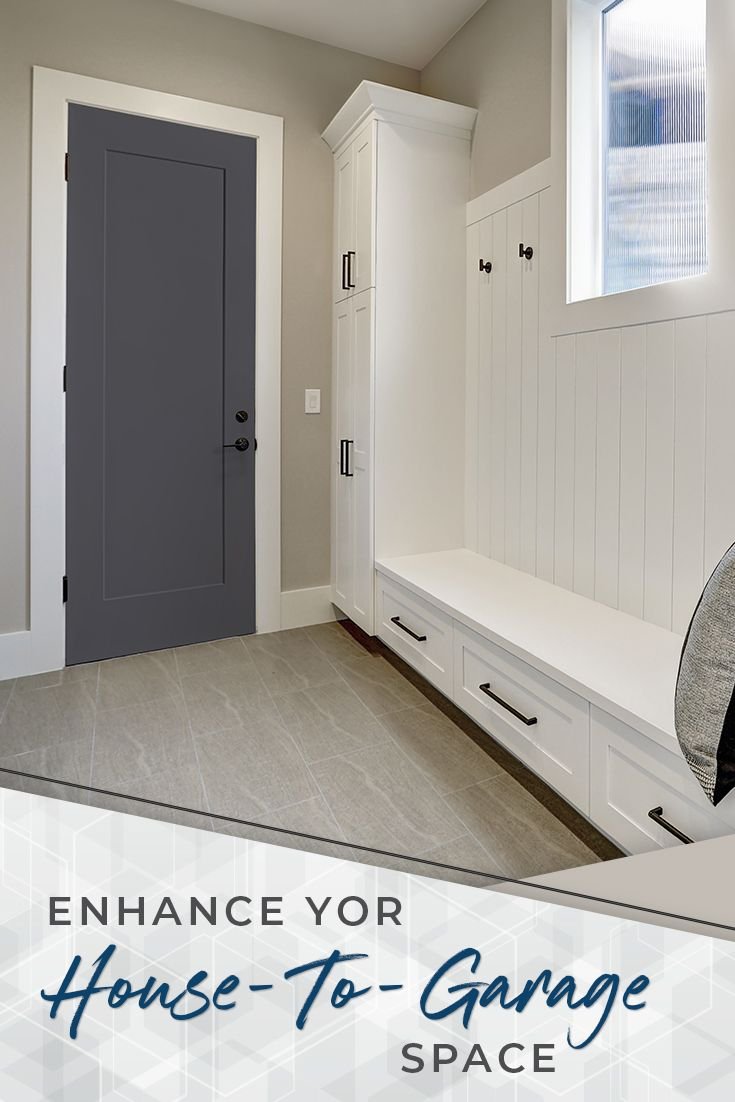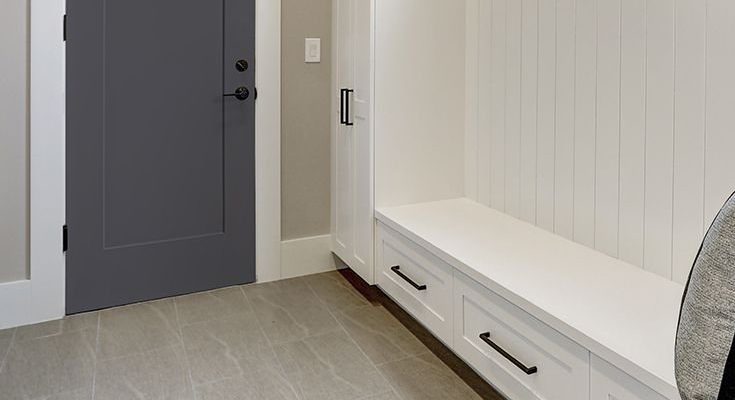
Let’s dive deeper into what makes these doors vulnerable and how you can shield them effectively. From the garage door that connects you to your house to the entrance leading to your patio, each door has specific needs. Don’t worry if this sounds complicated; I promise to walk you through tried-and-true strategies and materials to ensure your doors stay in tip-top shape, regardless of the weather.
Understanding the Vulnerabilities of Exterior Interior Doors
Every door in your home faces certain challenges, especially those that lead outdoors. The main culprits are moisture, extreme temperatures, and pests. Moisture can seep into wood, causing it to warp or rot. Think of it like a sponge—once it’s soaked, it loses its structure. Extreme cold can make metal doors contract, while hot weather can cause them to expand. This constant shifting leads to wear and tear over time.
Pests are another issue. Ants, termites, and other insects can find their way through the tiniest gaps. If you’ve ever noticed your garage door sticking or not closing properly, it’s often a sign that it’s time to reassess your door’s condition. Knowing these vulnerabilities helps you take action before they escalate into costly repairs.
Choose Durable Materials for Your Doors
When selecting exterior or interior doors, materials matter greatly. You might be wondering which ones offer the most durability against the elements. Here’s a breakdown of some of the best options:
- Fiberglass: This is a fantastic choice for durability and insulation. It won’t warp or rot like wood, and it can mimic the look of real wood.
- Steel: Steel doors are sturdy and resist dents and weather. They also have insulating properties but can be prone to rust if not properly maintained.
- Wood: While it offers aesthetic appeal, wood requires regular maintenance to prevent rot and warping. If you choose this option, go for a high-quality, treated wood.
By investing in a durable material, you create a strong foundation for your door. Even if you go with wood, using a quality finish can enhance its lifespan significantly.
Proper Sealing and Weatherstripping
Even the toughest doors can falter if they’re not sealed correctly. Sealing gaps between your door and its frame is essential for keeping moisture and drafts at bay. Weatherstripping acts like a protective blanket for your door. It fills in any gaps that might let the elements sneak in.
Here’s how to install weatherstripping:
1. Choose the Right Type: There are various types of weatherstripping—foam tape, V-strip, or door sweeps are all good options.
2. Measure Carefully: Take accurate measurements of the door frame. Cut the weatherstripping to fit.
3. Apply the Weatherstripping: Clean the area thoroughly before applying the adhesive strip. Press it firmly into place, ensuring a tight seal.
By taking these steps, you not only enhance your door’s insulation but also minimize energy costs. Who wouldn’t want that?
Regular Maintenance Checks
Just like a well-maintained car, your doors need regular inspections to stay functional. Take a few moments every season to check for signs of wear and tear. Look for:
- Cracks or splits in the material
- Peeled paint or finish
- Gaps in the weatherstripping
- Rust on metal doors
If you find any issues, address them promptly. For example, if you notice rust forming, a simple sanding and repainting can prevent further deterioration. Think of maintenance as a minor investment in time that pays off by extending the life of your doors.
Insulating Your Doors
Insulation is crucial for keeping your home comfortable year-round. A well-insulated door can save you money on heating and cooling costs. If your door isn’t already insulated, consider adding a door sweep or a storm door for an extra barrier.
You might also want to use insulated door panels. These are designed to fit snugly against the existing door, offering greater thermal resistance. Installing an adjustable threshold can also help seal the bottom of the door, blocking out cold air in winter and keeping cool air inside during summer.
Protecting Against Pests
Don’t forget about the little critters! Many pest problems can be traced back to gaps in your doors. To prevent pests from invading your home, consider the following:
- Install a Door Sweep: This seals the gap at the bottom of your door, making it harder for pests to sneak in.
- Regularly Check for Gaps: Inspect the edges of the door for holes or cracks, and seal them promptly.
- Keep the Area Clean: Maintaining a clutter-free environment outside your door can deter pests from making a home close to yours.
With these measures, you can keep your home both cozy and pest-free.
Using Smart Technology for Door Security
Finally, consider incorporating smart technology into your door security. Smart locks not only add a layer of security but can alert you to any suspicious activity. Some systems even allow you to check if your door is locked or unlocked from your smartphone—talk about a game changer!
Many smart locks are designed to withstand outdoor elements, ensuring that technology and nature can co-exist without compromising security. Remember to keep these devices well-maintained and updated for optimal performance.
In summary, protecting your exterior and interior doors from the elements doesn’t have to be overwhelming. With the right materials, regular maintenance, and a little bit of vigilance, you can ensure that these critical parts of your home remain sturdy and secure for years to come. So grab a cup of coffee, tackle a project, and enjoy the peace of mind that comes with a well-protected home.
